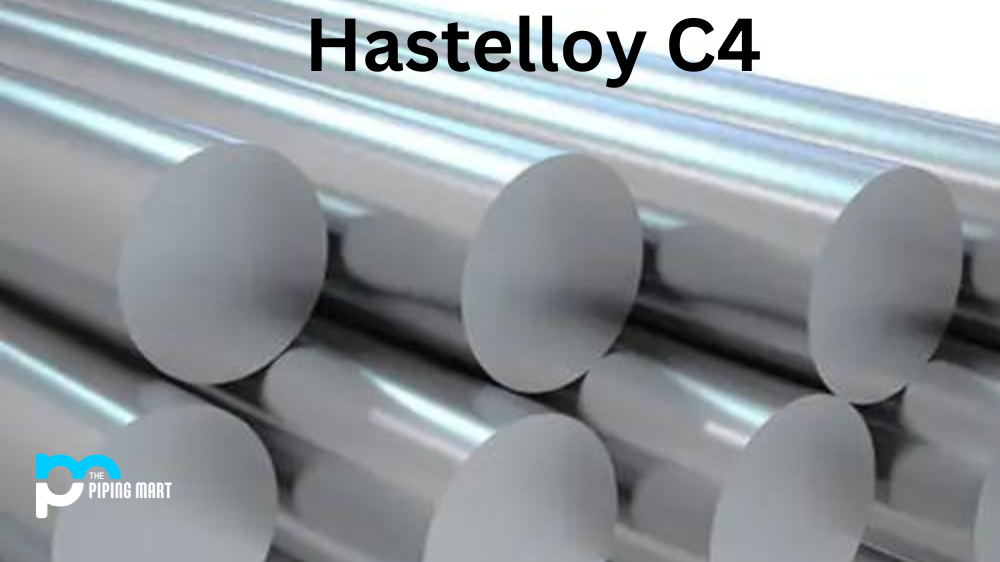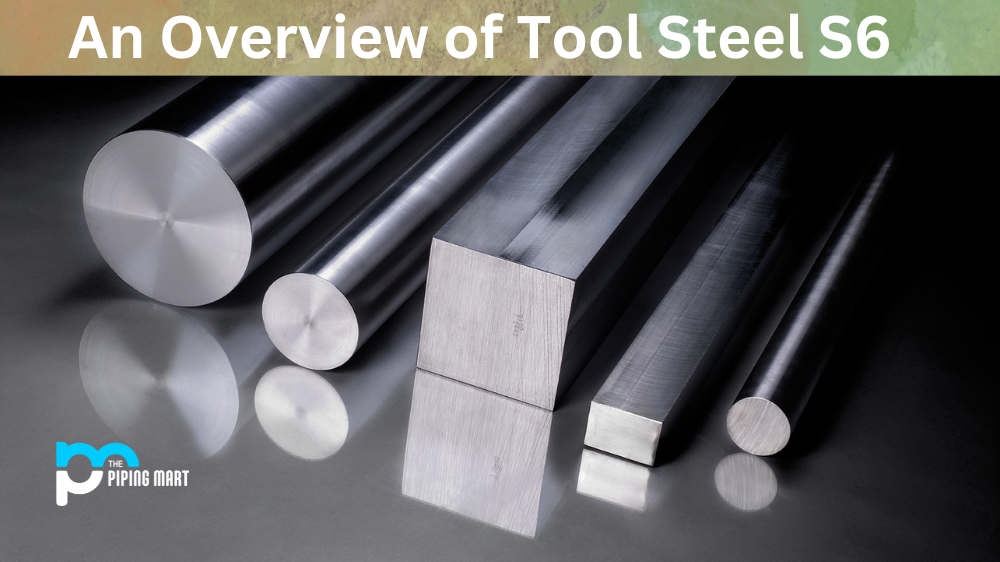Stellite 19 is a cobalt-based alloy gaining popularity due to its excellent wear and corrosion resistance properties. It is widely used in aerospace, petrochemical, and medical industries, where high strength and durability are essential. In this blog, we will explore the composition, physical and mechanical properties, hardness, heat treatment, welding, and corrosion resistance of Stellite 19.
Stellite 19 Composition
Stellite 19 is a cobalt-chromium-tungsten alloy that contains small amounts of molybdenum, carbon, and silicon. Adding tungsten and chromium makes it highly resistant to wear and corrosion, while cobalt provides excellent strength and durability. The carbon content in Stellite 19 is responsible for its high hardness and wear resistance.
| C(%) | Si(%) | Mn(%) | Cr(%) | Ni(%) | W(%) |
|---|---|---|---|---|---|
| 1.7 | 1.0 | 1.0 | 31.0 | Max 3.0 | 10.5 |
| Co(%) | B(%) | Other(%) | |||
| remaining | Max 1.0 | Fe:Max 3.0 |
Stellite 19 Physical Properties
Stellite 19 has a density of 8.4 g/cm3, and its melting point is around 1300°C. It has a unique hexagonal close-packed crystal structure, which provides excellent mechanical and thermal stability. The thermal expansion coefficient of Stellite 19 is 13.5 x 10-6 K-1, and its thermal conductivity is 14 W/mK. It is a non-magnetic material and can withstand high temperatures and pressures.
Stellite 19 Mechanical Properties
The mechanical properties of Stellite 19 make it an ideal material for high-stress applications. Its tensile strength is around 950 MPa, with a yield strength of 550 MPa. Stellite 19 has excellent fatigue resistance and can withstand cyclic loading without undergoing significant deformation. Its elastic modulus is around 240 GPa and has a Poisson ratio 0.3.
| Rp0.2 (MPa) | Rm (MPa) | Impact KV (J) |
Elongation A (%) |
A Z (%) | Delivery | Hardness HB |
|---|---|---|---|---|---|---|
| 496 (≥) | 965 (≥) | 41 | 42 | 24 | Solution & Aging, Ann, Ausaging, Q+T | 443 |
Stellite 19 Hardness
Stellite 19 is known for its exceptional hardness due to the presence of carbon and tungsten in its composition. Its Rockwell C hardness is around 45-50, which makes it highly resistant to abrasive and erosive wear. The hardness of Stellite 19 can be further increased through heat treatment, which we will discuss in the next section.
Stellite 19 Heat Treatment
Stellite 19 can be heat-treated to improve its mechanical and wear resistance properties. The heat treatment involves heating the material to around 1000-1100°C and then rapidly cooling it in water or oil. This process, known as tempering, results in the precipitation of carbides, increasing the material’s hardness and wear resistance. The heat treatment of Stellite 19 can also reduce its brittleness and improve its toughness.
Stellite 19 Welding
Stellite 19 can be readily welded using various methods, such as gas tungsten arc welding (GTAW), shielded metal arc welding (SMAW), and plasma arc welding (PAW). However, it is essential to avoid overheating during welding, as it can form cracks and porosity in the material. It is recommended to use a welding filler material with similar composition and properties as Stellite 19.
Stellite 19 Corrosion Resistance
Stellite 19 is highly resistant to corrosion thanks to its composition and unique crystal structure. It can withstand various chemical environments, such as acidic and alkaline solutions, and is highly resistant to pitting and crevice corrosion. Stellite 19 is often used in applications with high exposure to corrosive elements, such as in the chemical and petrochemical industries.
Conclusion
Stellite 19 is a cobalt-based alloy with exceptional strength, durability, and wear and corrosion resistance properties. Its unique composition and crystal structure make it an ideal material for high-stress applications in the aerospace, petrochemical, and medical industries. The mechanical, physical, and chemical properties of Stellite 19 make it stand out among other materials, and its versatility in different applications is unmatched. With more research and development, Stellite 19 is expected to find broader applications in various industries in the coming years.




